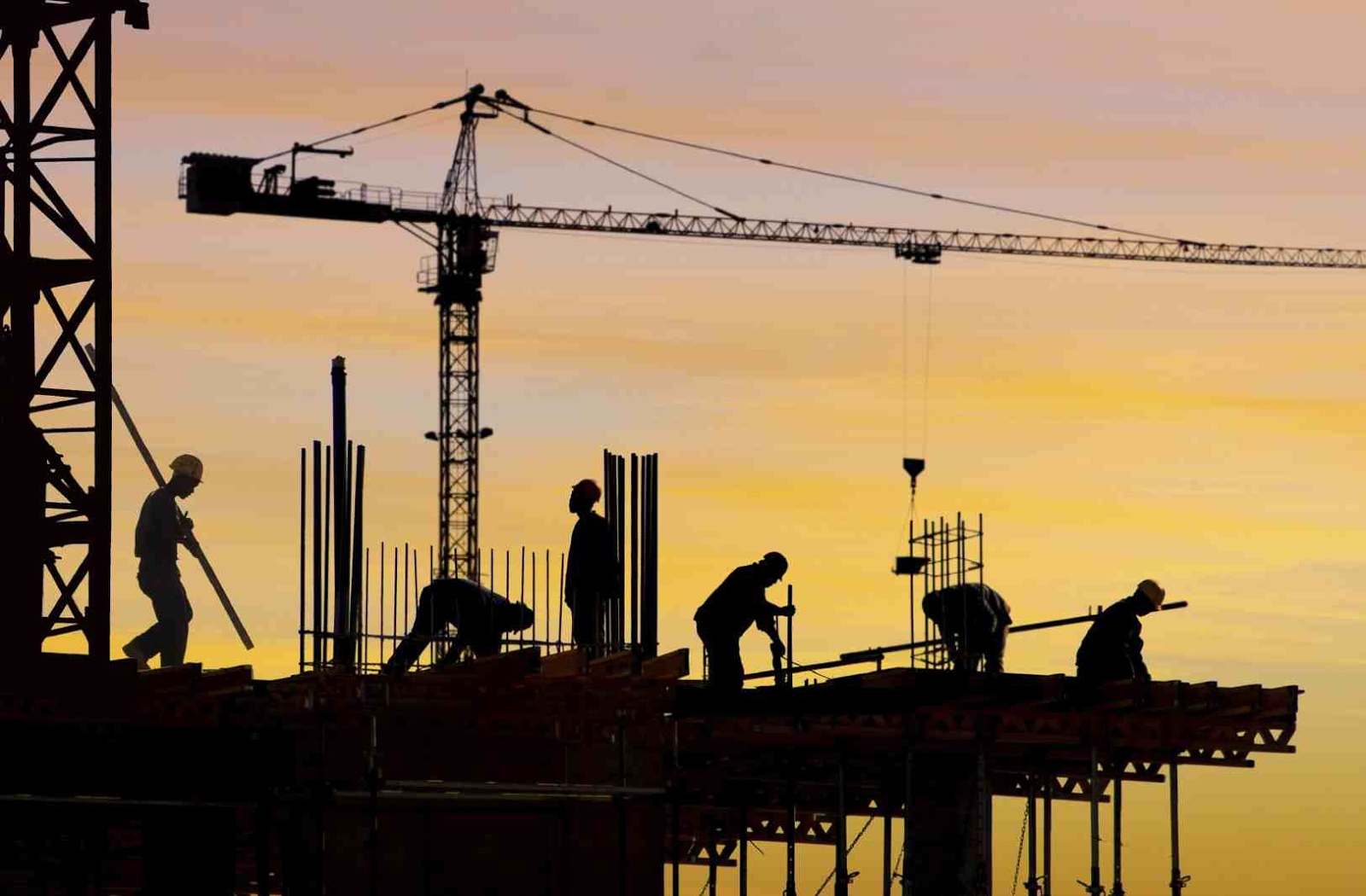Infrastructure is the combination of fundamental systems that support a community, region, or country. It includes everything from water and sewer systems to road and rail networks to the national power and natural gas grids. Perhaps there will be a hydrogen grid in the future as well. |
What is involved in maintaining infrastructure? 
Of course, maintaining infrastructure is not a new problem. For thousands of years, engineers have had to design systems for providing clean water and disposing of sewage. In recent centuries, systems for transmitting information and providing energy have expanded and complicated the infrastructure network, beginning with telegraph and telephone lines and now encompassing all sorts of telecommunications systems. Cable TV, cell phones, and Internet access all depend on elaborate infrastructure installations. Development of remote wind and solar energy resources will add more.
Much of the existing infrastructure is buried, posing several problems for maintaining and upgrading it. For one thing, in many cases, records of the locations of all the underground pipes and cables are unavailable or incomplete. One major challenge will be to devise methods for mapping and labeling buried infrastructure, both to assist in improving it and to help avoid damaging it.
|
How do you build better infrastructure? Novel construction materials may help address some of these challenges. But dramatic progress may be possible only by developing entirely new construction methods. Most of the basic methods of manual construction have been around for centuries — even millennia. Advances in computer science and robotics should make more automation possible in construction, for instance, greatly speeding up construction times and lowering costs. Electricity networks linking large central-station and decentralized power sources will also benefit from greater embedded computation.All of these endeavors must be undertaken with clear vision for the aesthetic values that go beyond mere function and contribute to the joy of living. Major bridges, for instance, have long been regarded almost as much works of art as aids to transport. Bridges, buildings, and even freeways contribute to the aesthetical appeal of a city, and care in their design can contribute to a more enjoyable urban environment.In previous decades, much of the rest of urban infrastructure has been erected without as much concern for its impact on a city’s appearance and cultural milieu. Recently, though, awareness of the aesthetics of engineering has begun to influence infrastructure design more generally. Integrating infrastructure needs with the desire for urban green spaces is one example.Projects to deal with urban stormwater runoff have demonstrated opportunities to incorporate aesthetically pleasing projects. Using landscape design to help manage the flow of runoff water, sometimes referred to as “green infrastructure”, can add to a city’s appeal in addition to helping remove pollution. The vast paved area of a city needs to be rethought, perhaps by designing pavements that reduce overhead temperatures and that are permeable to allow rainwater to reach the ground table beneath. Proper engineering approaches can achieve multiple goals, such as better storm drainage and cleaner water, while also enhancing the appearance of the landscape, improving the habitat for wildlife, and offering recreational spaces for people.Rebuilding and enhancing urban infrastructure faces problems beyond the search for engineering solutions. Various policies and political barriers must be addressed and overcome. Funding for infrastructure projects has been hopelessly inadequate in many areas, as the American Society of Civil Engineers’ “report card” documented. And the practice of letting infrastructure wear out before replacing it, rather than incorporating technological improvements during its lifetime, only exacerbates the problems.And so, a major grand challenge for infrastructure engineering will be not only to devise new approaches and methods, but to communicate their value and worthiness to society at large. |
